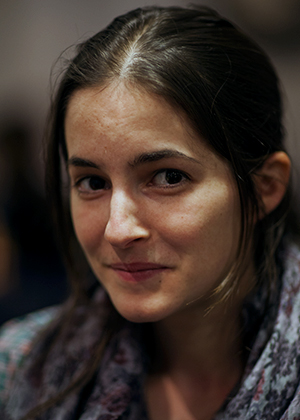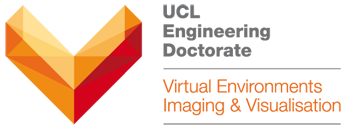Kartic Subr, Gwyneth Bradbury, Jan KautzAbstractImage-pairs captured from a rig of two, carefully arranged cameras are increasingly used to reconstruct partial 3D information. A crucial step in this reconstruction is the matching of points in the two images that are projections of the same 3D point through each camera. Despite receiving much attention, algorithms to match correspondencing points in two-frame stereo images are both slow, as well as surprisingly fragile. The problem is exacerbated by noise or blur in the input images because of the potential ambiguities they introduce in the matching process. For scenes that are poorly illuminated, it is necessary to make a combination of three adjustments: To increase the size of the aperture to allow more light; to increase the duration of exposure; and to increase the sensor-gain (ISO). These adjustments potentially introduce defocus, motion blur and noise — all of which adversely affect reconstruction. We present an exploratory study of how they relatively affect stereo-correspondence algorithms by comparing the accuracy and precision of three reconstruction algorithms over the space of exposures. Paper: PDF, 48MBPoster: PDF, 7MB |
Stereo reconstruction Under a Light Budget
|


